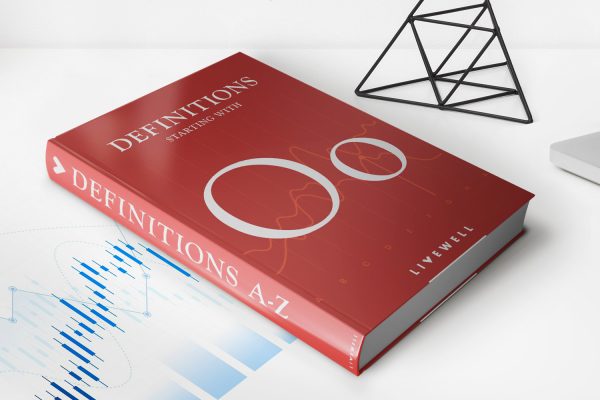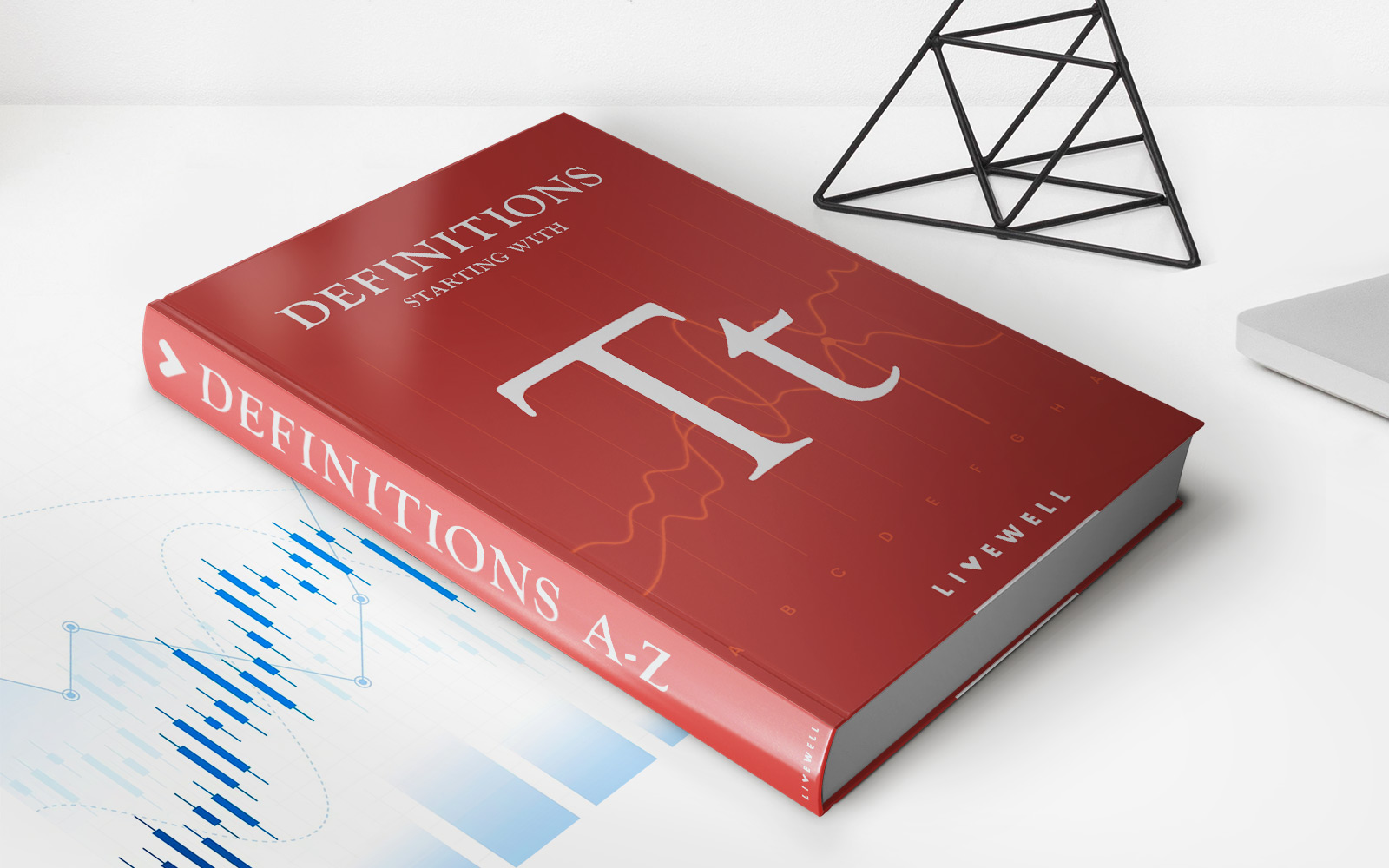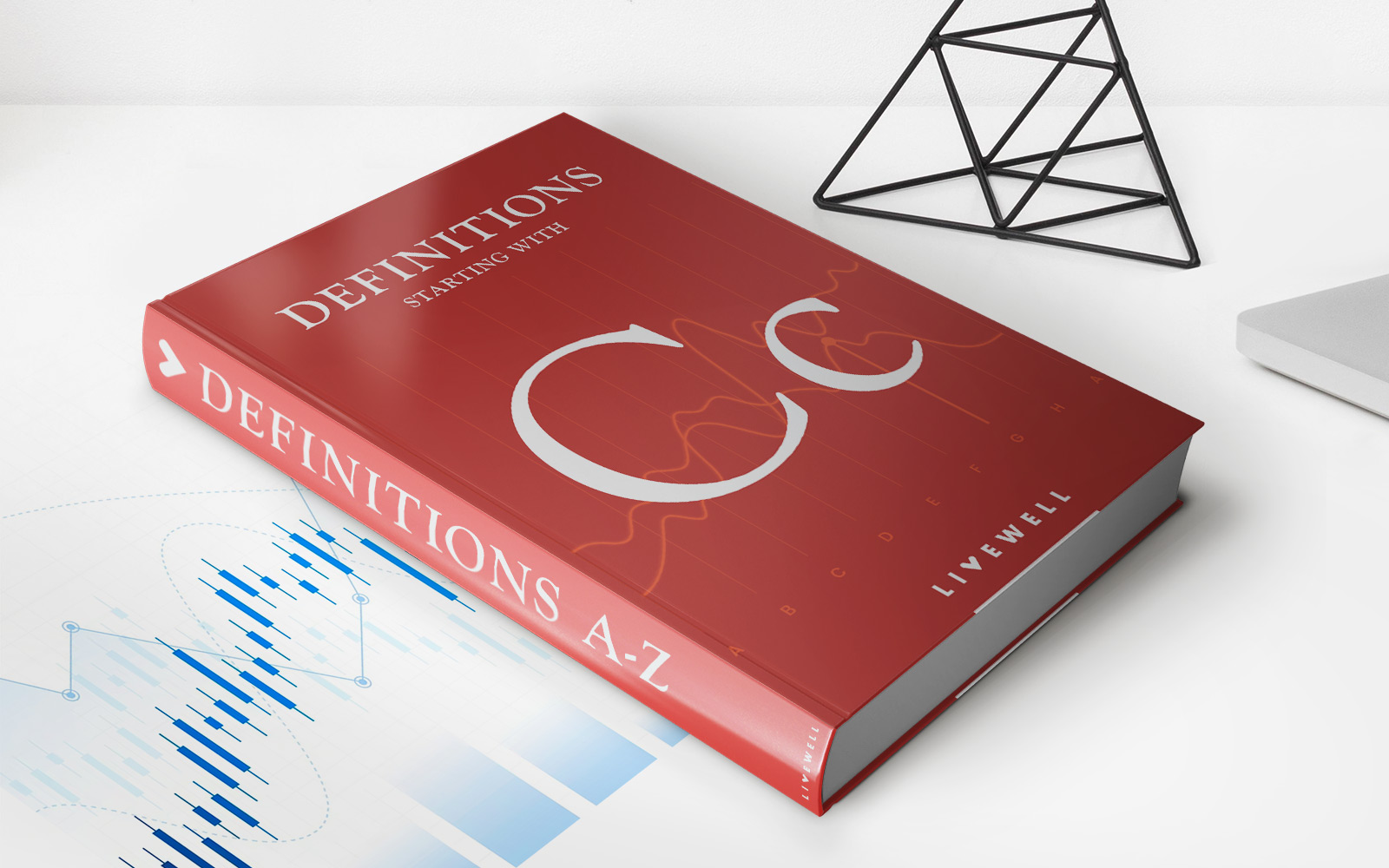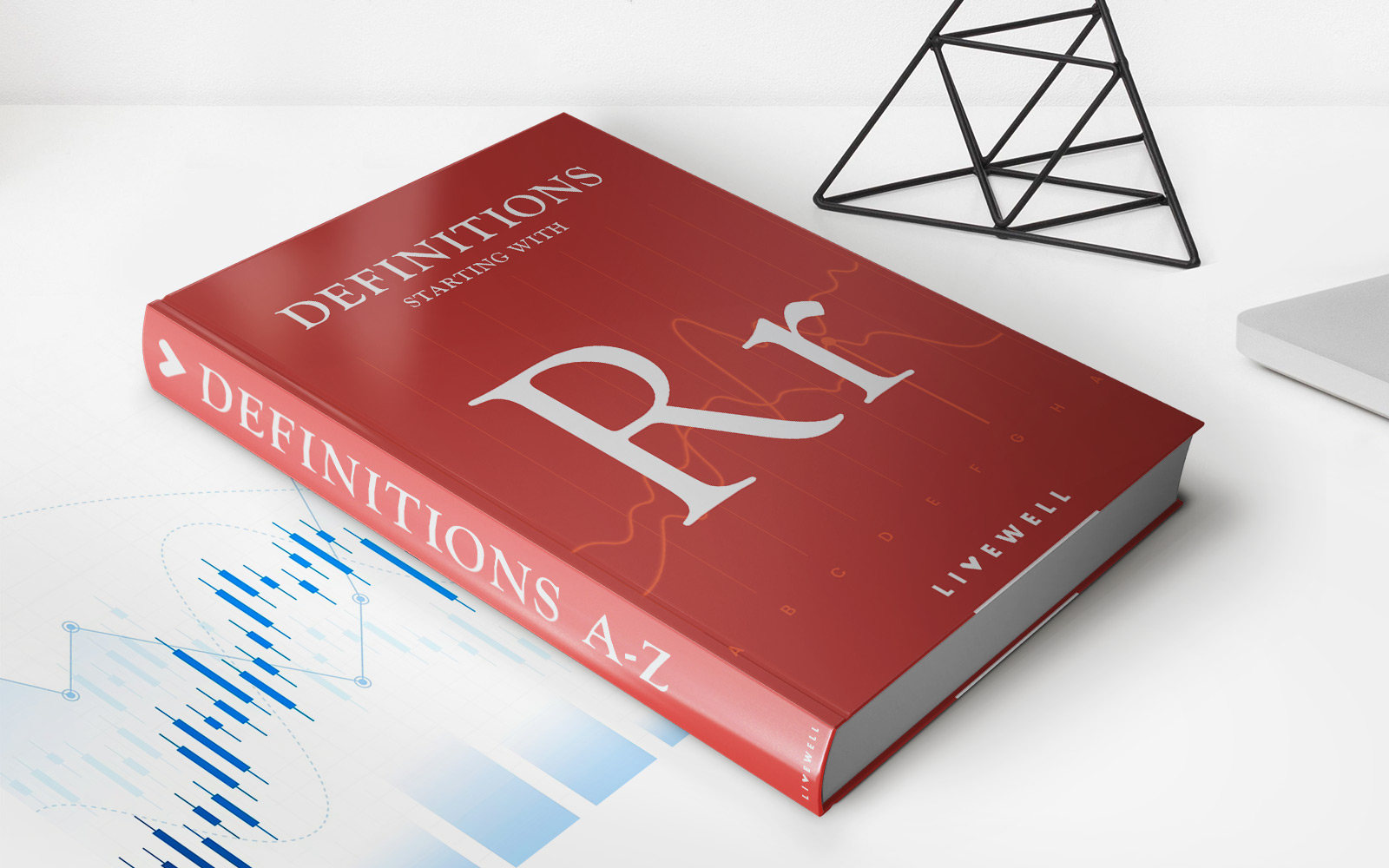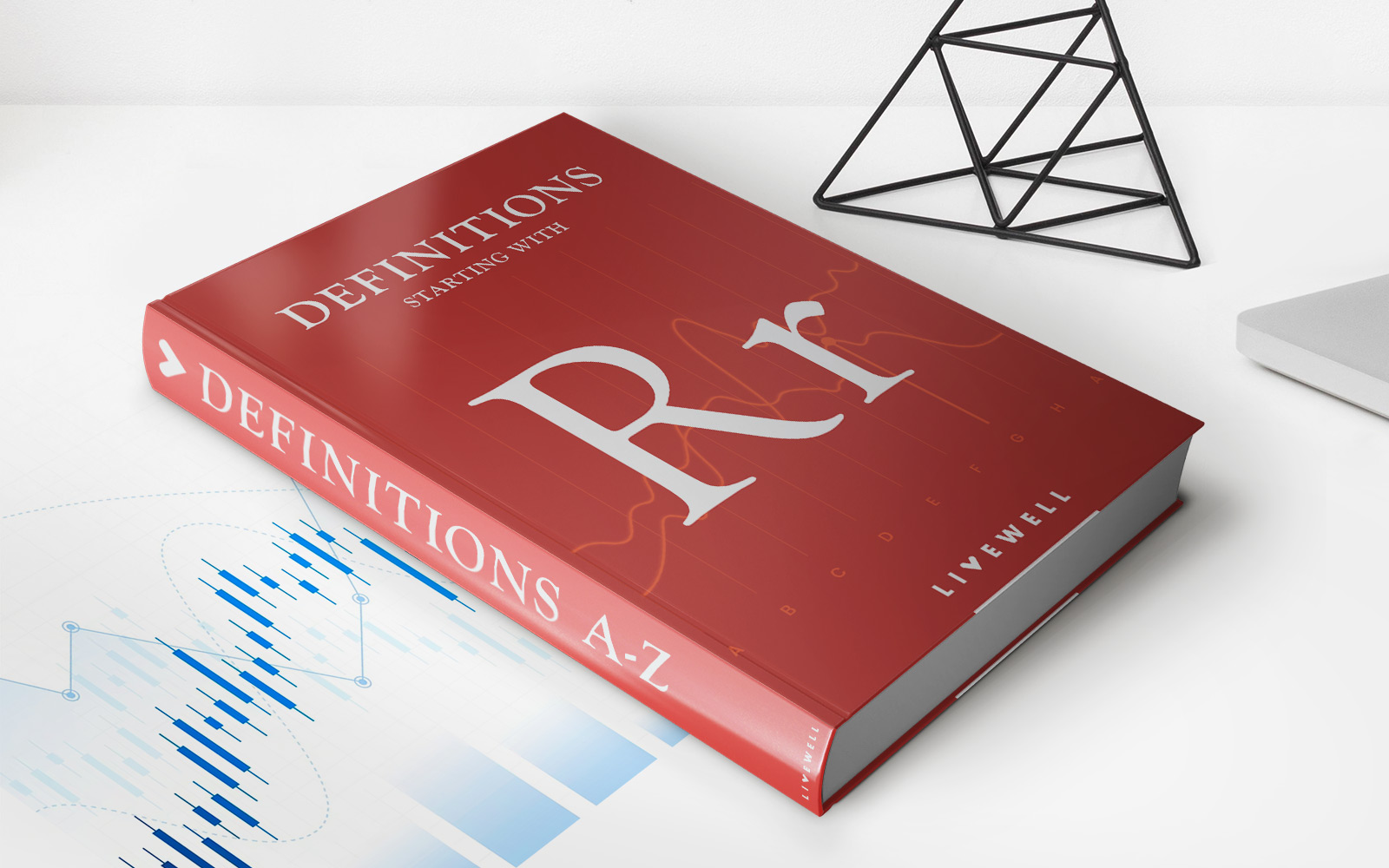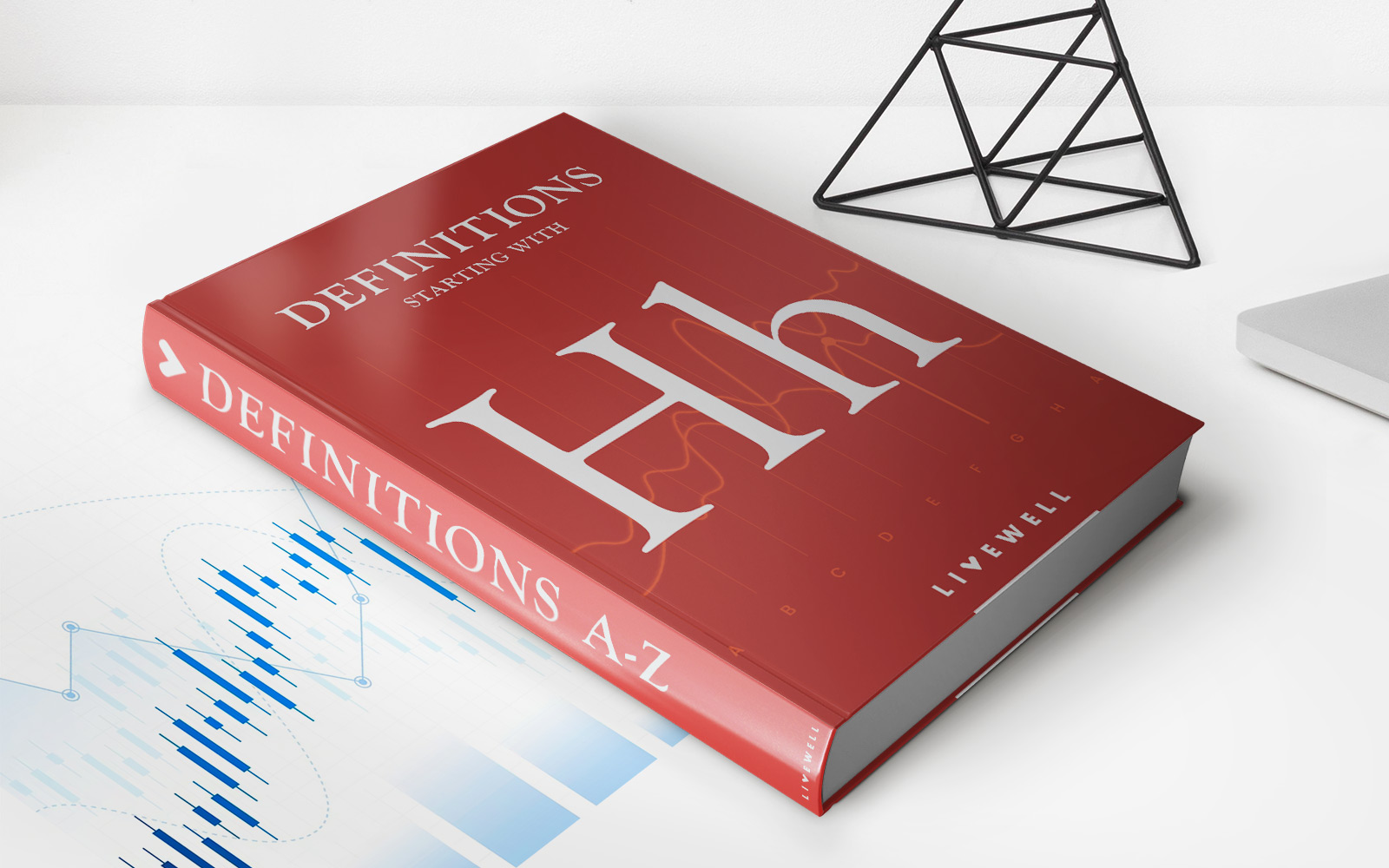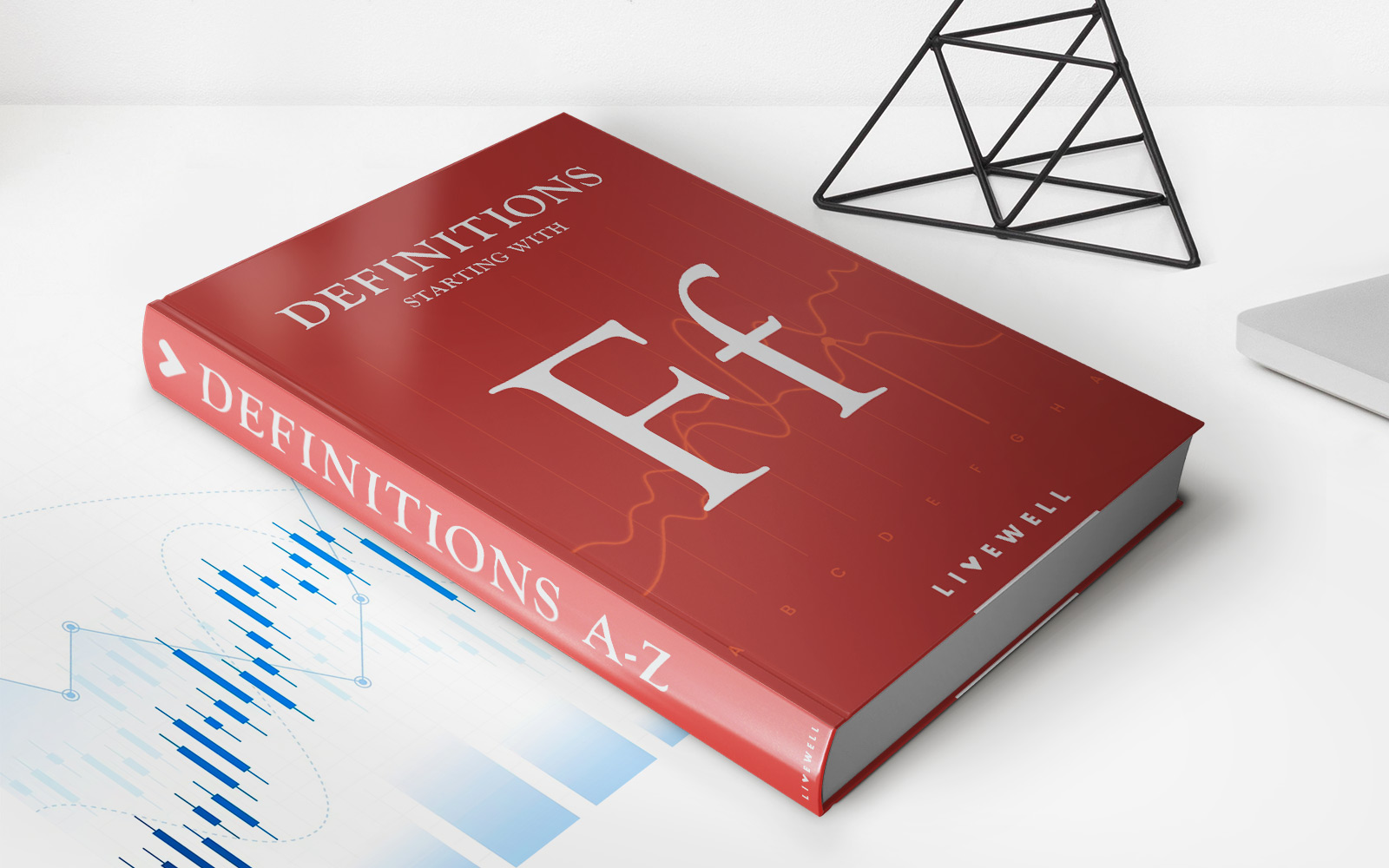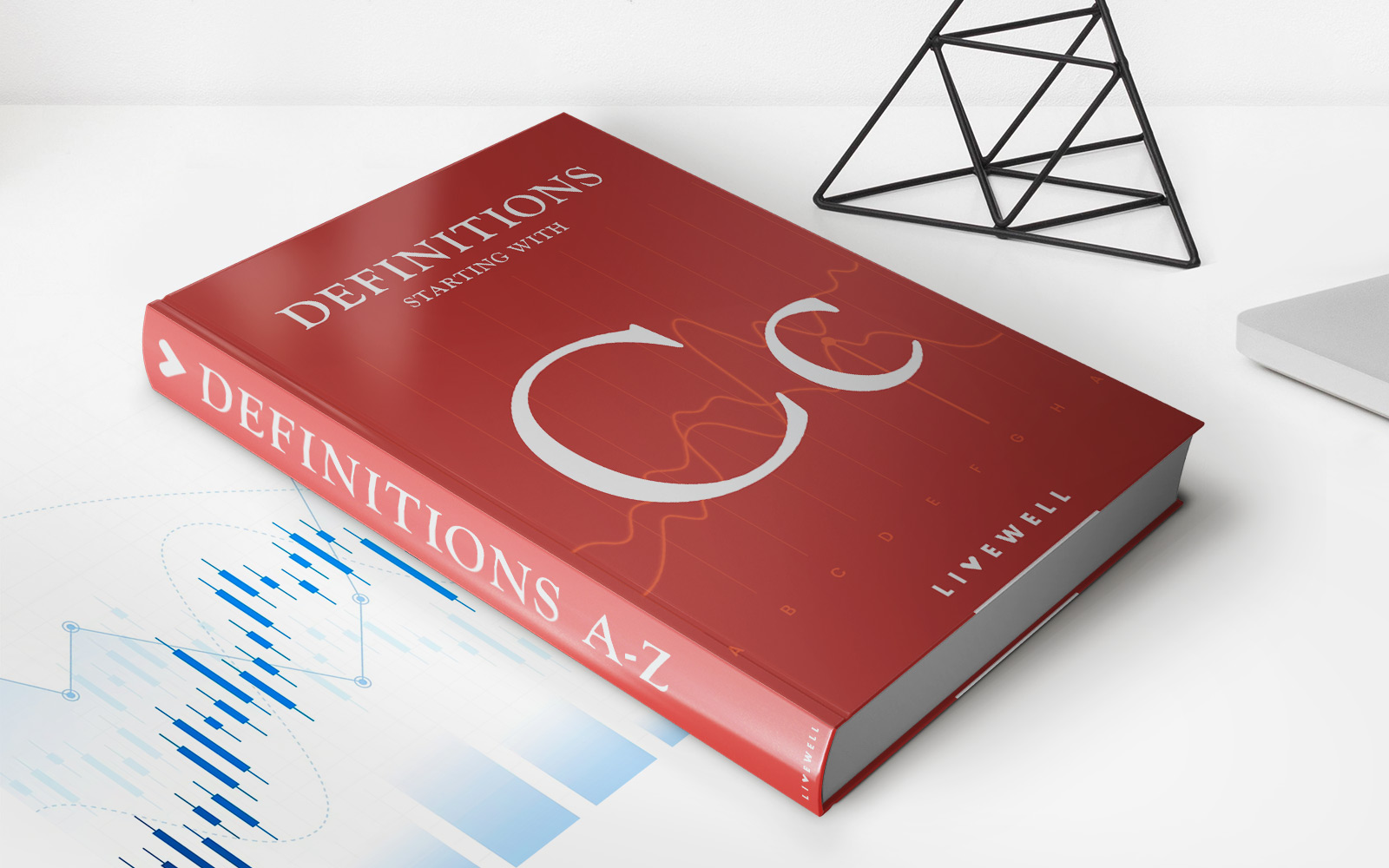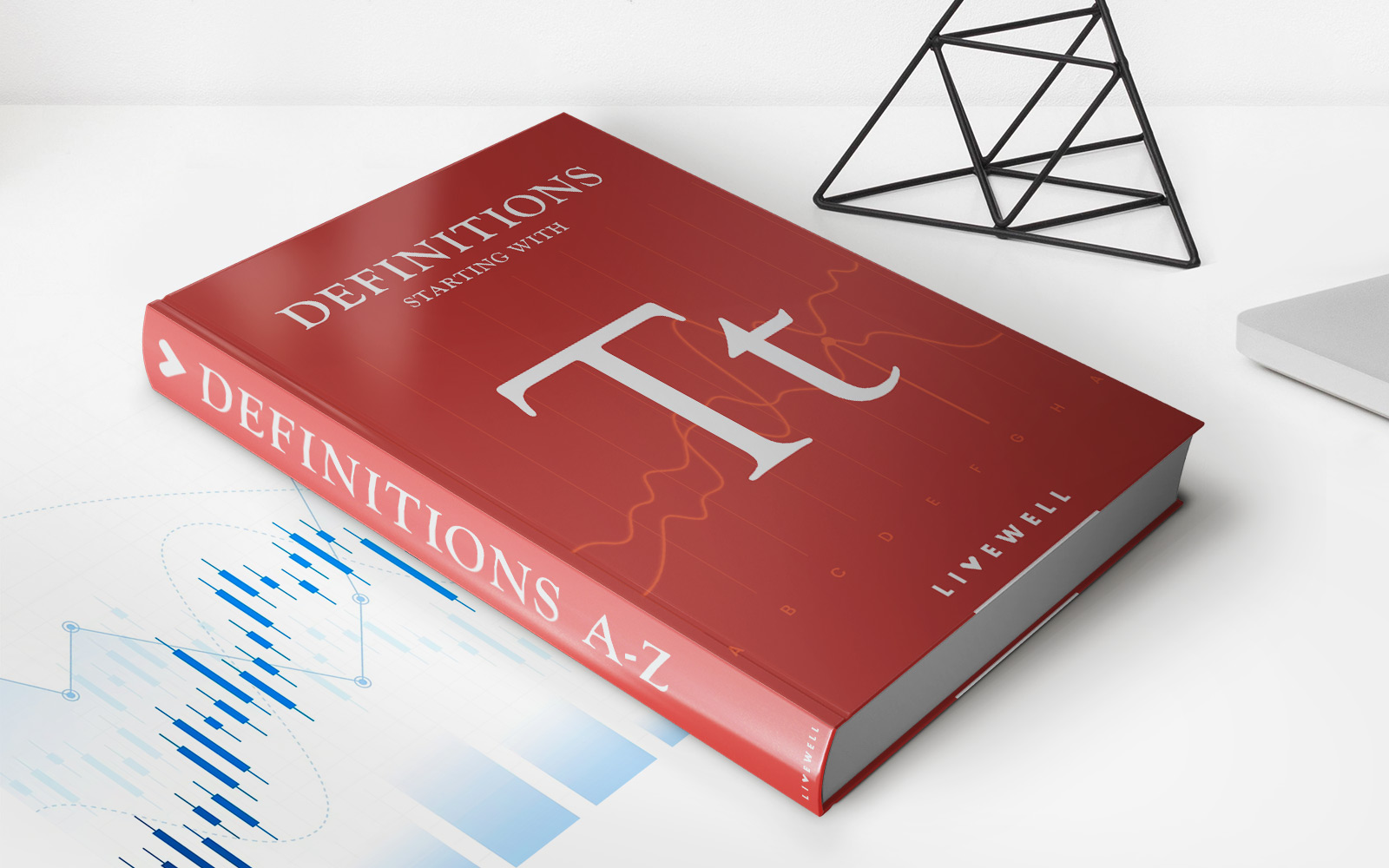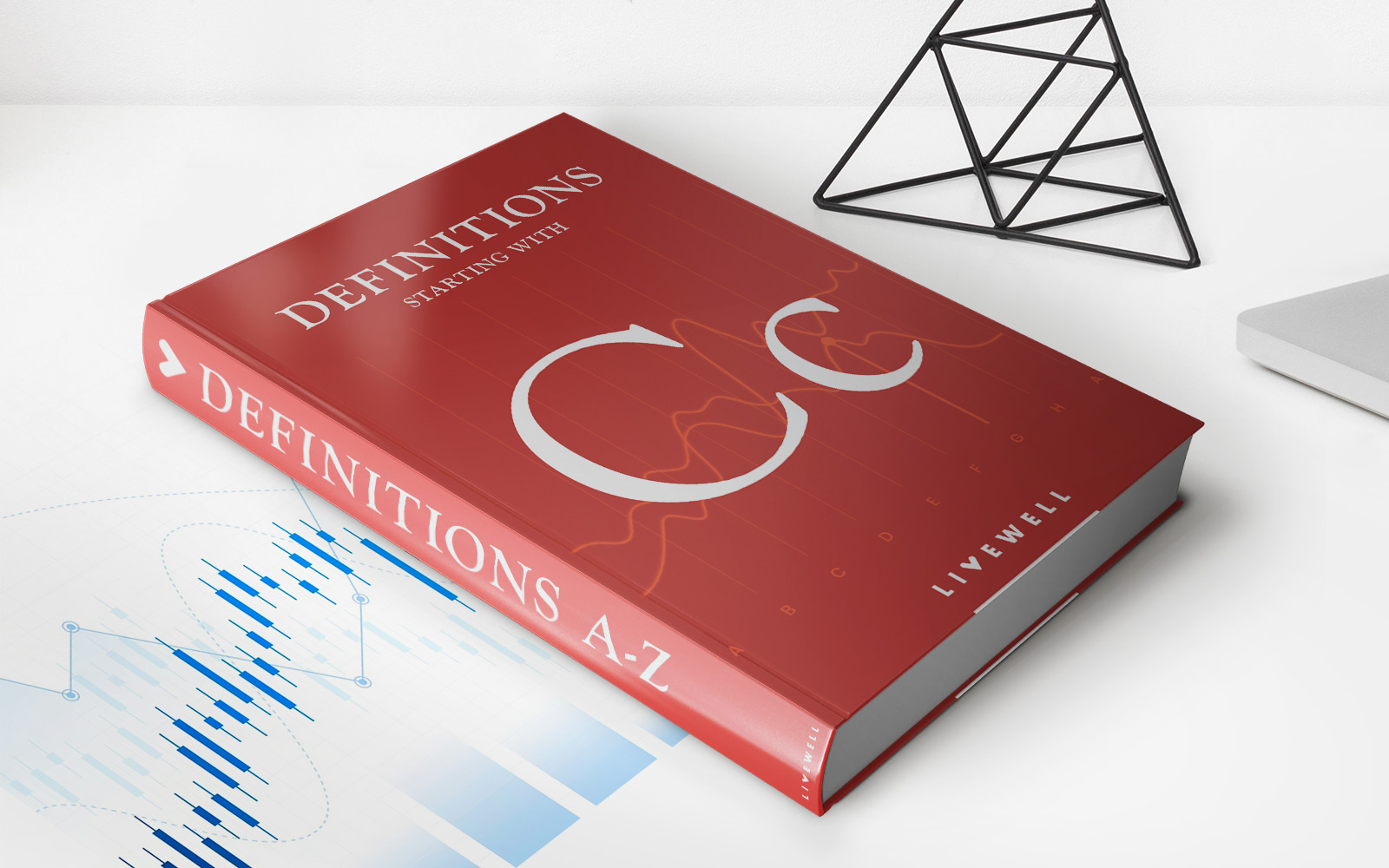Home>Finance>Trading Range: Definition, When It Occurs, How To Use And Example
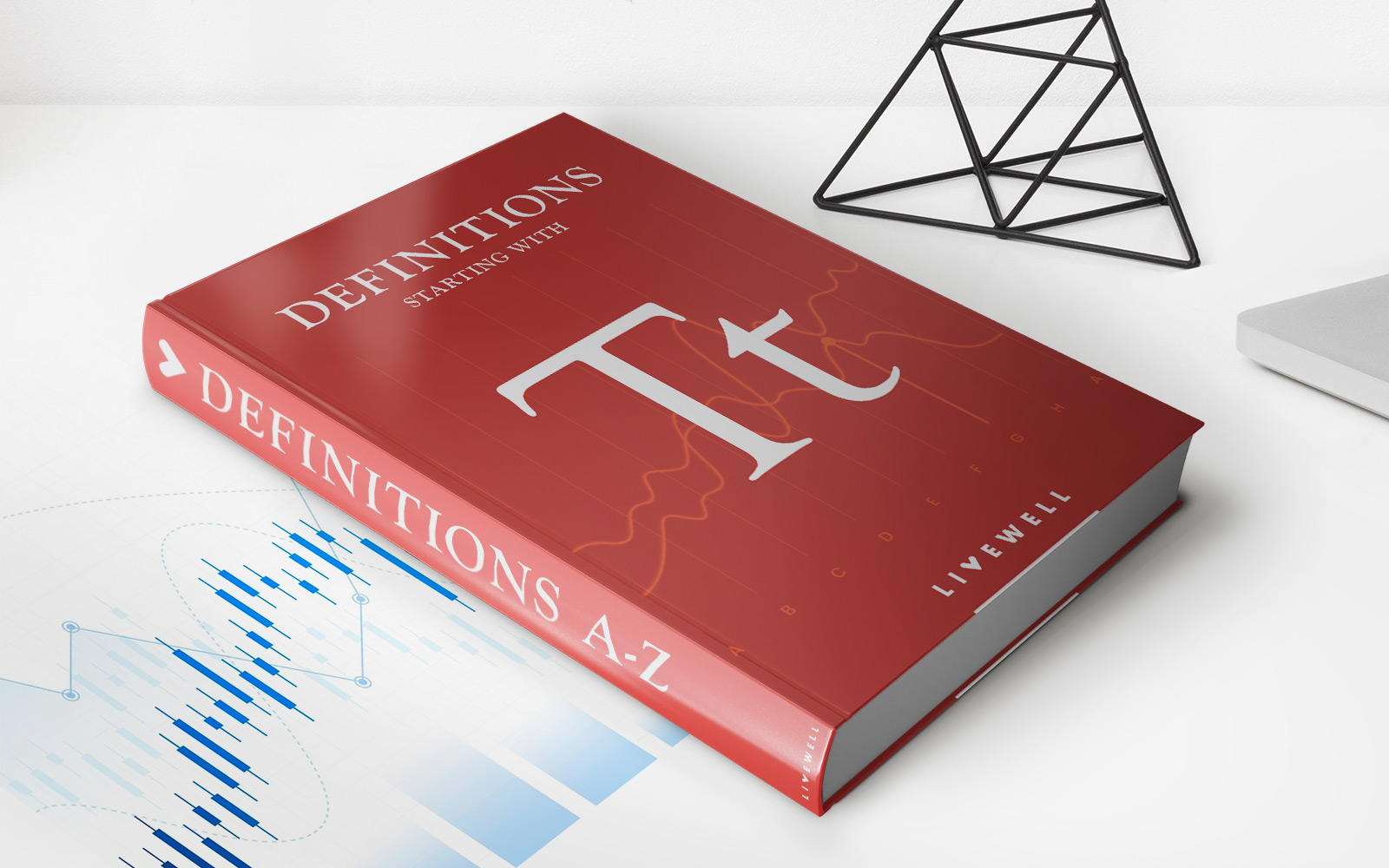

Finance
Trading Range: Definition, When It Occurs, How To Use And Example
Published: February 10, 2024
Learn about the definition, occurrence, and usage of trading range in finance, with examples, to enhance your knowledge and understanding.
(Many of the links in this article redirect to a specific reviewed product. Your purchase of these products through affiliate links helps to generate commission for LiveWell, at no extra cost. Learn more)
Trading Range: Definition, When It Occurs, How To Use and Example
Welcome to our FINANCE category, where we provide valuable information and insights to help you navigate the world of personal finance and investment. In this blog post, we will be focusing on a concept called trading range, which is a key tool used by traders to make informed investment decisions. We will explore the definition of trading range, when it occurs, how to use it, and provide an example to illustrate its application. So, let’s dive in!
Key Takeaways:
- Trading ranges refer to the price movement of a financial instrument within a specific range over a period of time.
- They usually occur during periods of consolidation or when supply and demand are relatively balanced.
What is a Trading Range?
A trading range, also known as a price range, represents the fluctuation of a financial instrument’s price within a defined range over a specific time period. It is essentially a sideways movement observed in a chart, in which the price of the asset bounces back and forth between a resistance level and a support level. Traders utilize trading ranges to identify potential entry and exit points, as well as to gain insights into market sentiment and future price trends.
When Does a Trading Range Occur?
Trading ranges tend to occur under certain market conditions. Here are a few common scenarios:
- Periods of Consolidation: After a significant uptrend or downtrend, the market often enters a period of consolidation, where price movement becomes limited. This consolidation forms a trading range.
- Supply and Demand Balance: Trading ranges can emerge when there is a balance between buyers and sellers. This equilibrium results in sideways price action.
How to Use a Trading Range?
Traders use trading ranges to make informed decisions and develop trading strategies. Here are some ways you can use trading ranges:
- Identify Support and Resistance Levels: The upper and lower boundaries of a trading range can act as support and resistance levels, respectively. Breakouts or bounces off these levels can signal potential trading opportunities.
- Implement Range-Based Strategies: Traders can execute range-based strategies, such as buying at the support level and selling at the resistance level. Alternatively, they can profit from shorter-term price swings within the range by buying low and selling high.
- Confirm Trend Continuation or Reversal: By analyzing the trading range’s behavior, traders can assess whether the current trend is likely to continue or reverse. A breakout from the range could indicate a potential trend change.
Example of Trading Range:
Let’s say you are analyzing the price movement of a stock over a three-week period. During this time, the stock’s price fluctuates between $50 and $55, with $50 acting as a support level and $55 as a resistance level. Each time the price reaches $55, it bounces back down, and when it touches $50, it bounces back up. This price action creates a trading range between $50 and $55, providing traders with potential entry and exit points.
By observing the trading range, a trader can look for breakouts as a signal to enter a trade. If the stock price breaks above $55, it may indicate a bullish signal, and the trader can consider buying the stock. Conversely, if the price breaks below $50, it may suggest a bearish signal, and the trader might decide to sell or short the stock.
Understanding the trading range can provide valuable insights into market sentiment and help traders make informed decisions based on price patterns and support and resistance levels.
We hope this blog post has shed light on the concept of trading range in the world of finance and investment. By utilizing this powerful tool, you can potentially enhance your trading strategies and improve your chances of success. Remember to always conduct thorough research and seek professional advice before making any investment decisions.
Stay tuned for more informative content and insights on various finance topics in our FINANCE category. Happy trading!
